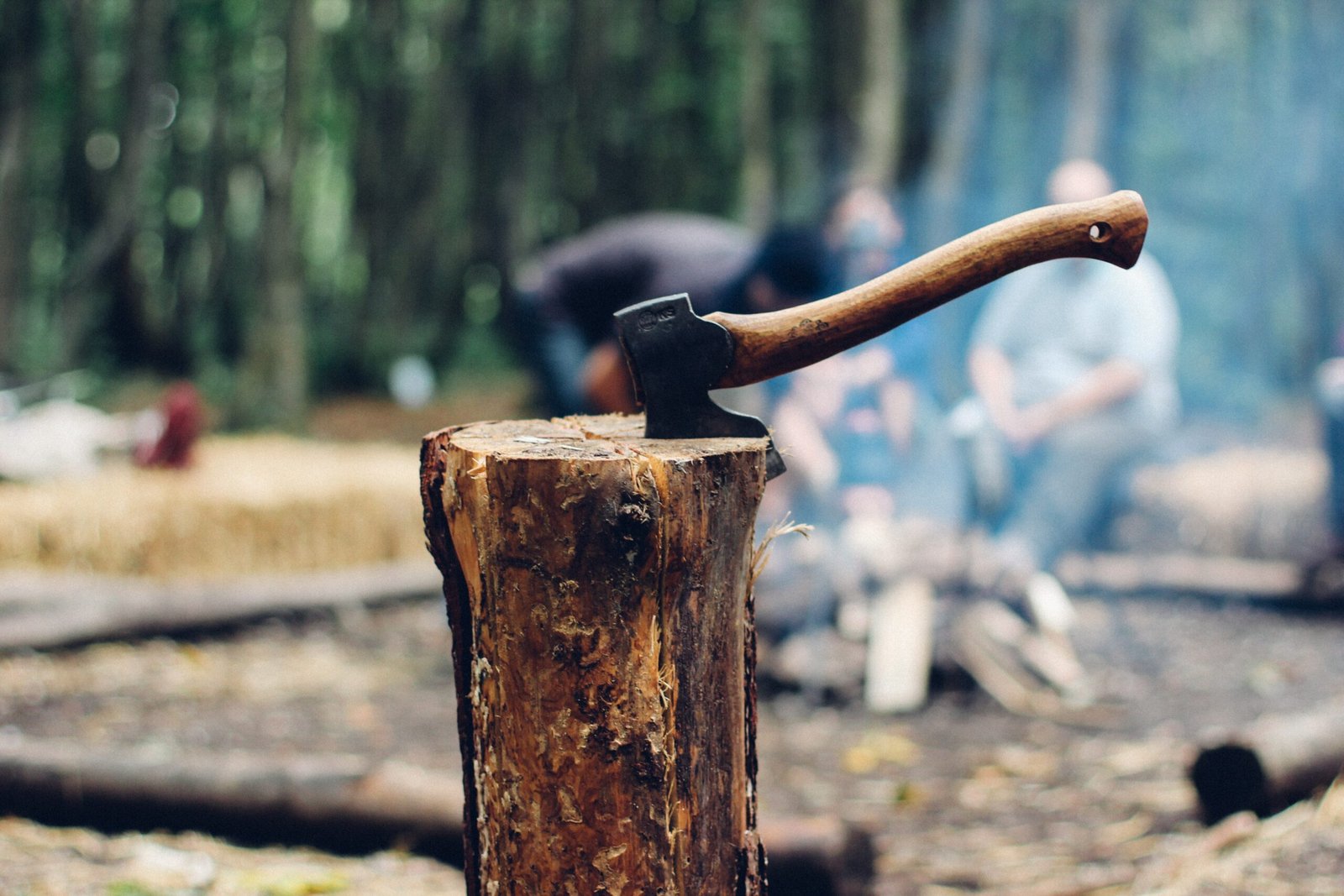

So, you’ve decided to embark on an exciting camping adventure in the diverse landscapes of Australia! But with the vast range of camping tents available, how can you be sure you’re choosing the right one? Whether you’re planning a beachside escape, exploring the outback, or venturing into the rainforests, it’s essential to select a tent that can withstand the unique Australian conditions. From considering weatherproof materials to evaluating size and weight, this article will guide you through the factors to consider when choosing the perfect camping tent for your Australian adventure. So, let’s get started!
Consider the Weather Conditions
Rain and Moisture Level
When choosing a camping tent for Australian conditions, it’s important to consider the rain and moisture levels you may encounter. Look for a tent that is made with waterproof materials and has taped seams to keep the rain out. Additionally, it’s a good idea to choose a tent with a rainfly, which is an extra layer of protection that goes over the top of your tent to keep water from seeping in. This will help ensure that you stay dry and comfortable, even during a downpour.
Temperature and Insulation
The temperature can vary greatly in different parts of Australia, so it’s crucial to choose a tent that provides adequate insulation. Look for a tent that is made with high-quality materials that help retain heat in colder weather and promote airflow in warmer weather. Additionally, consider using a tent with a double-wall construction, as this can help regulate the temperature inside the tent and provide additional insulation.
Wind and Stability
Australian camping conditions can be windy, especially in coastal areas. To ensure that your tent stays stable in strong winds, look for a tent with a sturdy frame and reliable guy lines. Dome tents and tunnel tents are known for their wind resistance, as they have a rounded shape that helps deflect wind. It’s also important to properly stake down your tent and use any additional guy lines and stakes provided by the manufacturer to enhance stability and prevent your tent from being blown away.
Choose the Right Tent Size
Number of Campers
Consider the number of people who will be sleeping in the tent and choose a size accordingly. If you’re camping alone or with a partner, a smaller tent may be sufficient. However, if you’re camping with family or a group of friends, it’s important to choose a tent that is spacious enough to accommodate everyone comfortably. Keep in mind that tents are typically marketed as 2-person, 4-person, etc., but these sizes can vary greatly between manufacturers, so be sure to check the dimensions before making a decision.
Interior Space and Comfort
In addition to considering the number of campers, think about the interior space and comfort features you desire in a camping tent. Look for a tent with a sufficient peak height so that you can stand up comfortably inside. Consider the layout of the tent, as well as the number and placement of doors and windows. Some tents even come with room dividers or separate sleeping compartments, which can provide added privacy and versatility for larger groups.
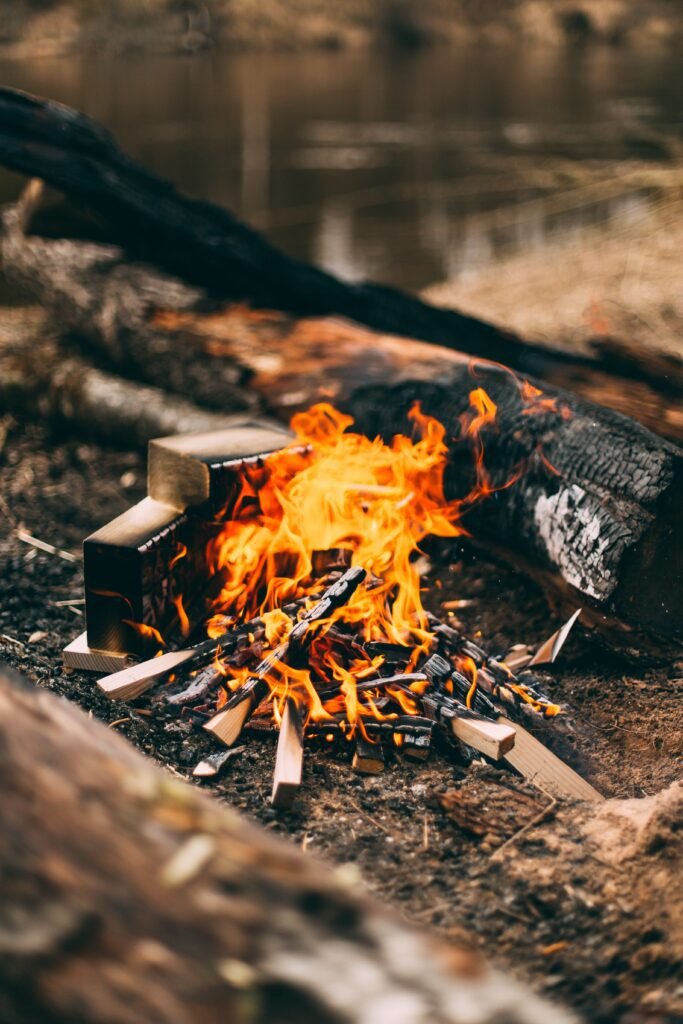

Tent Types and Designs
Dome Tents
Dome tents are one of the most popular tent designs, known for their stability and ease of setup. They feature a rounded shape that helps to distribute wind and snow load, making them a great choice for camping in Australian conditions. Dome tents are typically freestanding, meaning they don’t require stakes to stand up, making them easy to pitch in a variety of terrains. They also often come with rainflies and vestibules for added weather protection and storage space.
Tunnel Tents
Tunnel tents are another popular choice for camping in Australia due to their lightweight design and spacious interiors. They are constructed with flexible poles that create a tunnel-like shape, providing ample sleeping and living space. Tunnel tents are often lighter and more compact than dome tents, which makes them a great option for backpackers or those looking for a tent that is easy to transport. However, keep in mind that tunnel tents may not be as sturdy in high winds compared to dome tents.
Cabin Tents
If you’re looking for a tent with maximum interior space and headroom, consider a cabin tent. Cabin tents have a straight-walled design, allowing campers to fully stand upright and move around comfortably. They often feature multiple rooms or dividers, making them a great choice for families or those who desire separate sleeping areas. However, it’s important to note that cabin tents tend to be heavier and bulkier than other tent types, so they may not be ideal for backpacking or long hikes.
Rooftop Tents
Rooftop tents have gained popularity in recent years, especially among outdoor enthusiasts who enjoy overlanding or camping with their vehicles. These tents are mounted on the roof racks of cars, trucks, or SUVs, providing a convenient and elevated sleeping area. Rooftop tents are quick and easy to set up, and they offer excellent views and protection from wildlife and rough terrain. However, they may not be suitable for all campers, as they require a vehicle with roof racks and may have weight limitations.
Material and Durability
Waterproof and Breathability
When it comes to material selection, look for a tent that is made with waterproof and breathable fabrics. The outer tent should have a high waterproof rating, typically measured in millimeters (mm), to ensure that it can withstand heavy rain. Additionally, the tent’s fabric should be breathable to prevent condensation buildup inside the tent, which can lead to a damp and uncomfortable sleeping environment.
Tear Resistance
Australian camping conditions can be rugged, so it’s important to choose a tent that is made with durable and tear-resistant materials. Look for tents that are made with reinforced fabric or ripstop nylon, as these materials are designed to prevent small tears from spreading and compromising the tent’s structural integrity. Reinforced seams and double stitching are also features to consider for enhanced tear resistance.
UV Protection
Australia is known for its harsh sun, so it’s important to choose a tent that offers adequate UV protection. Look for tents that are treated with UV inhibitors or have a high UPF (ultraviolet protection factor) rating to shield you from harmful sun rays. This will not only protect your skin but also prolong the lifespan of your tent, as prolonged exposure to the sun can cause the tent fabric to degrade over time.
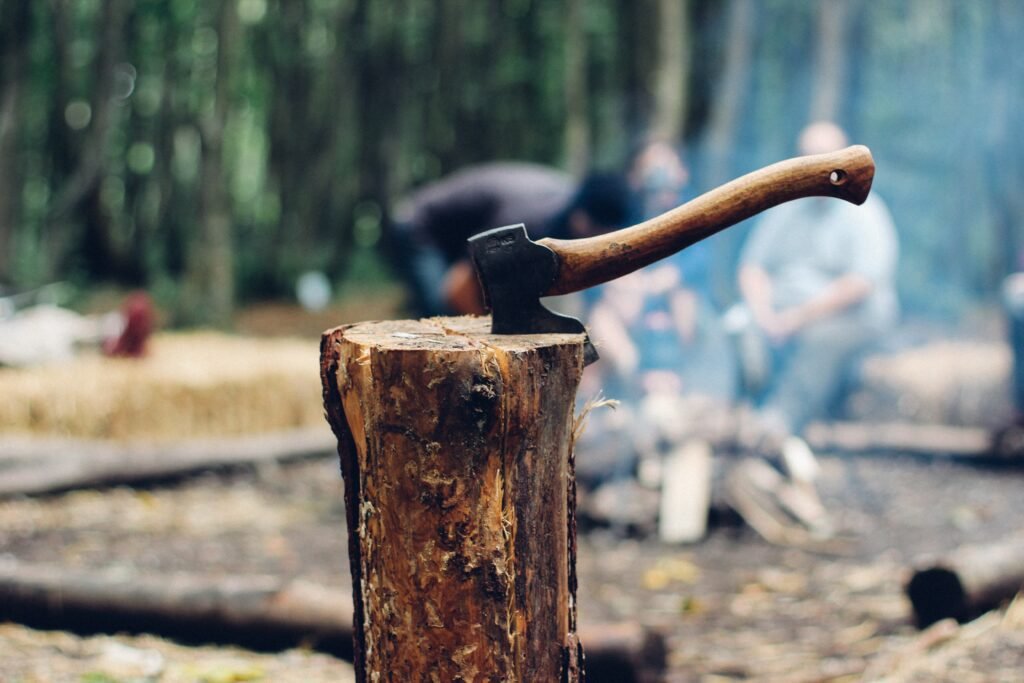

Ease of Setup and Packability
Pole Materials and Design
When it comes to the ease of setup, consider the materials and design of the tent poles. Aluminum poles are lightweight and durable, making them a popular choice for backpacking tents. Fiberglass poles, on the other hand, are more affordable but may be more prone to bending or breaking. Additionally, look for tents with color-coded pole systems and intuitive designs that simplify the setup process, allowing you to pitch your tent quickly and efficiently.
Weight and Portability
The weight and portability of your camping tent are important factors, especially if you plan on carrying it long distances or on extended backpacking trips. Consider the weight of the tent and its packed size when choosing a tent, and opt for lightweight and compact options if you prioritize mobility. Keep in mind that lightweight tents may sacrifice some features and durability, so strike a balance between weight and functionality to best suit your needs.
Setup Time
For most campers, spending hours setting up a tent can be a hassle, especially after a long day of hiking or exploring. Look for tents that offer quick and easy setup, with clear instructions or color-coding to simplify the process. Freestanding tents are generally easier to set up, as they don’t require stakes to stand up. Additionally, practicing setting up your tent before your camping trip can save you time and frustration when you’re out in the field.
Ventilation and Airflow
Mesh Panels and Windows
Proper ventilation is crucial for a comfortable camping experience, especially in warmer climates. Look for tents with mesh panels and windows that allow for airflow while keeping insects out. Mesh panels also help prevent condensation buildup inside the tent by allowing moisture to escape, ensuring a dry and comfortable sleeping environment.
Vent Placement
Consider the placement of vents in the tent and how they align with natural airflow patterns. Tents with vents located near the top or peak of the tent allow hot air to escape, while lower vents draw in cooler air from the ground. This creates a natural circulation of air inside the tent and helps regulate the temperature.
Air Circulation
In addition to vents, consider the overall design and layout of the tent for optimal air circulation. Tents with multiple doors or vestibules allow for cross ventilation when opened, further enhancing airflow inside the tent. Additionally, tents with a double-wall construction create an air gap between the inner and outer tent, which improves insulation and prevents condensation buildup.
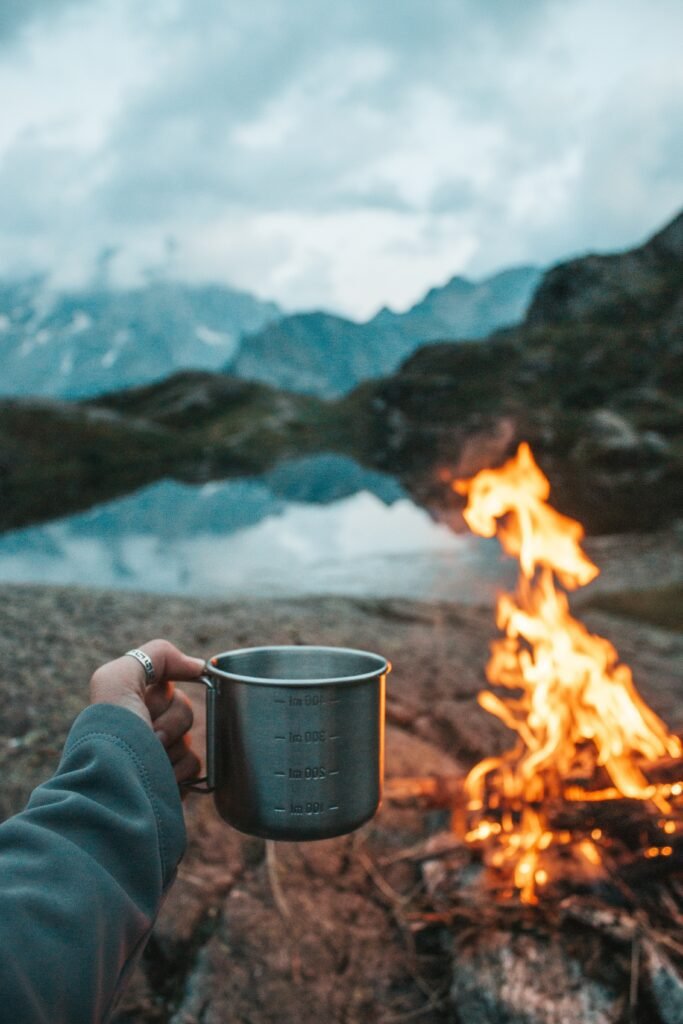

Additional Features and Accessories
Rainfly and Vestibule
A rainfly is an essential accessory for camping in damp or rainy conditions. It covers the top of the tent, providing an additional layer of protection against the elements. Look for tents that come with a rainfly that is easy to attach and provides full coverage. Additionally, consider tents with vestibules, which are covered areas outside the main tent that allow for storage of gear or muddy boots, keeping the interior clean and clutter-free.
Groundsheet and Footprint
A groundsheet or footprint is a protective layer that goes underneath your tent to prevent moisture and wear and tear on the tent floor. While some tents come with an integrated groundsheet, others require a separate footprint to be purchased. Investing in a high-quality groundsheet or footprint can extend the lifespan of your tent and provide added protection against moisture and sharp objects.
Pockets and Organizers
Keeping your gear organized and within reach is important for a comfortable camping experience. Look for tents that have interior pockets and organizers where you can store small items like phones, flashlights, or glasses. These features help keep your essentials organized and prevent them from getting lost or damaged.
Hooks and Loops
Hooks and loops inside the tent can be useful for hanging lights, lanterns, or clotheslines. These small but practical features can make a big difference in creating a functional and organized living space inside your tent.
Budget and Price Range
Set a Budget
Before diving into the world of camping tents, it’s important to determine your budget. Consider how often you plan on using the tent, the expected lifespan, and the level of comfort and features you desire. Setting a budget will help narrow down your options and ensure that you make an informed decision without breaking the bank.
Compare Prices and Brands
Once you have a budget in mind, take the time to compare prices and brands. Look for reputable outdoor gear manufacturers that offer a range of options within your price range. Remember, a higher price does not always guarantee better quality, so be sure to read reviews and consider the features and materials offered by each brand.


User Reviews and Feedback
Research and Read Reviews
Before purchasing a camping tent, take the time to research and read reviews from other users. Online platforms and outdoor gear websites often provide valuable insights and firsthand experiences from campers who have used the tents in various conditions. Pay attention to both positive and negative reviews to get a well-rounded understanding of the tent’s performance and durability.
Consider User Feedback
In addition to reading reviews, consider seeking feedback from friends, family, or fellow campers who have experience with different tent models and brands. Their firsthand experiences can provide valuable insights and help you make an informed decision based on real-world usage.
Warranty and After-Sales Service
Check Manufacturer’s Warranty
When purchasing a camping tent, check the manufacturer’s warranty. A warranty can provide peace of mind, as it ensures that you are protected against any manufacturing defects or malfunctions. Be sure to read the terms and conditions of the warranty, including any limitations or exclusions.
Look for Good Customer Support
Lastly, consider the level of customer support provided by the manufacturer. A responsive and helpful customer support team can be invaluable if you encounter any issues with your tent or have questions about setup or care. Look for manufacturers that have a reputation for excellent customer service and support.
By considering the weather conditions, choosing the right tent size, selecting the appropriate tent type and design, evaluating the material and durability, assessing the ease of setup and packability, considering ventilation and airflow, exploring additional features and accessories, budgeting and comparing prices, researching user reviews and feedback, and checking warranty and after-sales service, you’ll be well-equipped to choose the right camping tent for Australian conditions. Remember, investing in a high-quality camping tent that meets your specific needs and preferences will enhance your camping experience and ensure that you enjoy the great outdoors to the fullest.
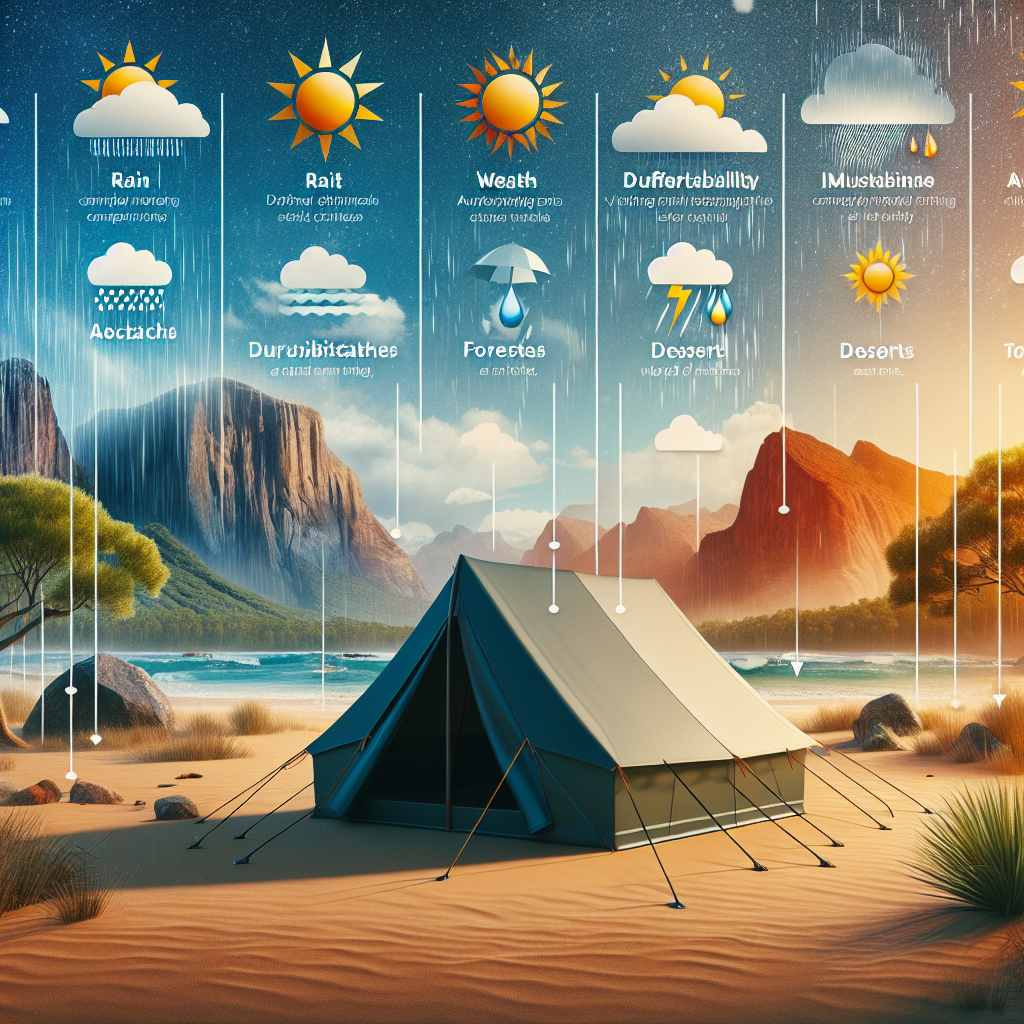

Leave a Reply